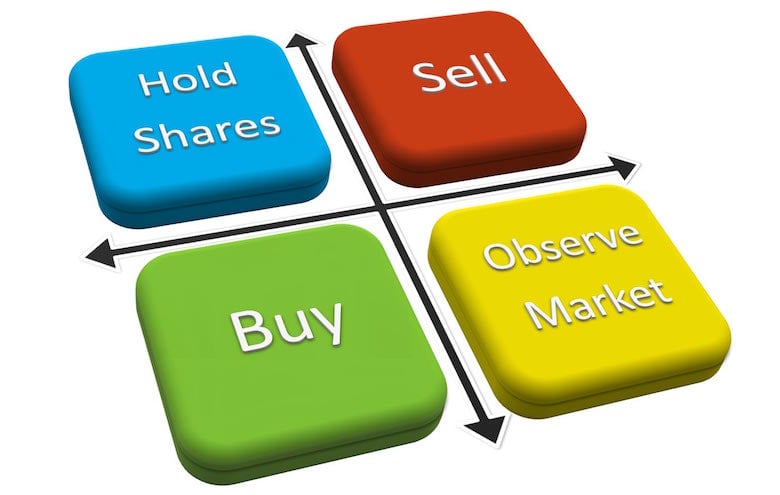What does Trading on Equity stand for?
The term ‘equity’ refers to the ownership or ‘stock’ of a company and ‘trading’ means ‘taking advantage of’. Hence, the term ‘trading on equity’ means taking advantage of equity share capital to borrow funds on reasonable basis. It refers to the additional profit which equity shares make at the expense of other forms of securities. This concept is based on the theory that there is a difference among the rates of return on the various types of securities issued by the company. When the Return on Investment (ROI) is more than the interest rate, then financial leverage works in favour of equity shareholder and Return on Equity (ROE) will be even more than ROI. While, on the other hand, when the Return on Investment (ROI) is less than the interest rate, then financial leverage works adversely for the equity shareholders and Return on Equity (ROE) will be obviously less than the Return on Investment. The policy of trading on equity is followed by a company for the following three purposes :
To retain full control over the business as the share holders are the actual owners of the company ;To increase the rate of dividend on equity shares so that the equity shareholders are benefited & the long term goal of wealth maximization of the enterprise is achieved along with the short term goals of profit maximization ;To achieve control on more financial resources by taking maximum loan / debt on the basis of minimum owned or equity share capital. Apart from what is mentioned above, this will also provide us with an additional advantage of tax saving benefit on the amount of interest paid on debt. You can refer the details from https://caknowledge.com/weighted-average-cost-of-capital/
We can get a better understanding of this with the help of an example: For eg., the Capital employed in XYZ Pvt. Ltd. is, say, Rs. 2,00,000/- , the debt equity ratio is 1:1, interest rate is 10% and the EBIT (Earnings Before Interest & Tax) for the current year is Rs. 30,000/- . Here ROI is 15% (30,000 / 2,00,000) which is more than the interest rate of 10%. This excess return of 5% (15 – 10) will go to the equity shareholders and the Return on Equity will be 20% (20,000 / 1,00,000). In the above example, the excess return earned by the equity share holders due to favourable financial leverage position of the company during the given year is termed as trading on equity. Recommended Articles
Demat AccountDelisting of sharesWhat is listing and its ImportanceEarning Per ShareInterest Rate of NSC, PPF, KYP, SSY, SCSS8 Ways to Invest your Annual Bonus wiselyGreen Bonds
